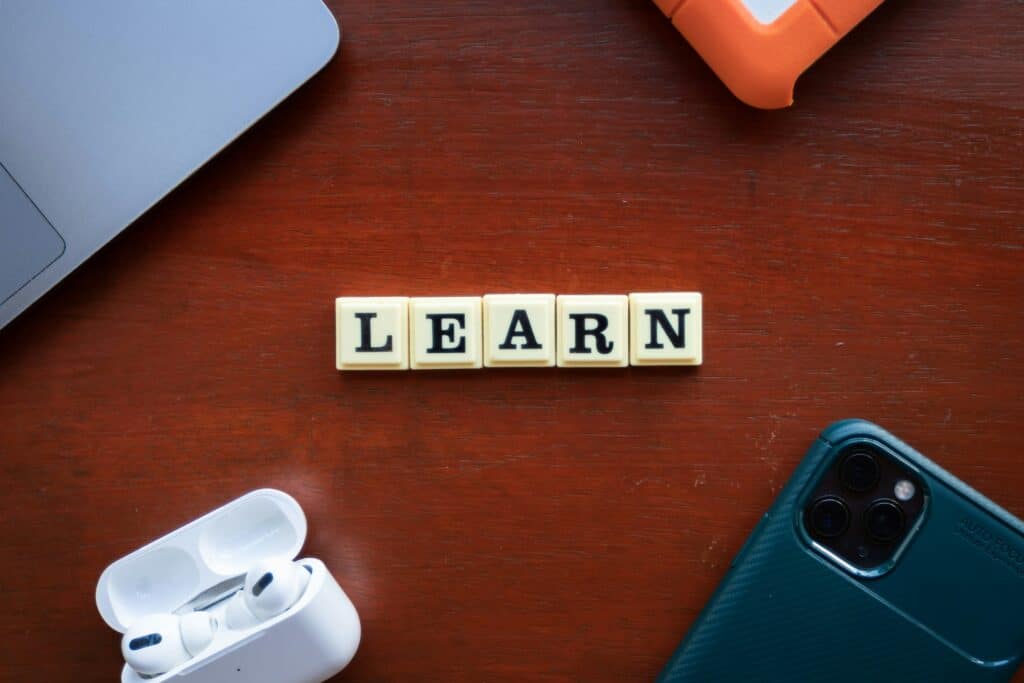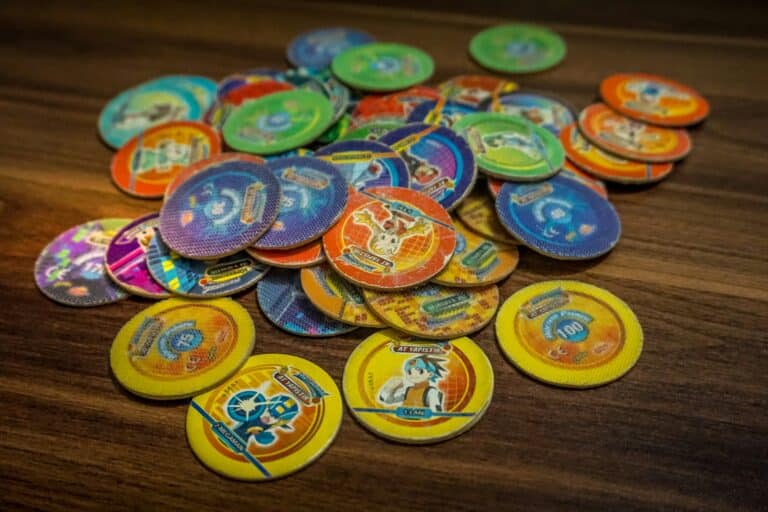Not just progressing at their own pace, but also exploring avenues of knowledge in ways that align with their unique learning styles. This isn’t some far-off future vision; it’s a tangible reality brought to life by the power of Personalized Learning. 💡

In an educational landscape that’s increasingly complex and diverse, a one-size-fits-all approach falls short. Each student brings to the table a unique blend of strengths, weaknesses, and interests. Personalized learning leverages this diversity, molding education into a flexible tool that meets every learner right where they are. It’s like having a custom-made suit, stitched perfectly to fit every unique curve and edge, maximizing comfort and functionality.
At the heart of this learning revolution are Tailored Assessments, the measuring sticks that gauge a learner’s progress in this highly individualized journey. Just as the learning path differs for each student, so should the yardstick that measures their success. 🎯
Setting the Stage for Success
The game-changer here is the shift from a purely summative assessment model to a more dynamic, formative one. Rather than waiting for the end of a learning period to evaluate progress, formative assessments provide real-time feedback, allowing for immediate course correction and reinforcement. A more tailored approach to learning and assessment can make a significant difference in the educational outcomes and successes of students.
In this article, we will delve into the intricacies of Personalized Learning, with a special focus on Tailored Assessments. We will explore its defining characteristics, the crucial role technology plays, and the many ways it is revolutionizing the way we think about education and student success. This comprehensive guide is your ticket to understanding and unlocking the potential of this game-changing educational strategy.🔑
Personalized Learning and Tailored Assessments: A Symbiotic Relationship
How do personalized learning and tailored assessments work together, you may wonder? It’s a symbiotic relationship. The tailored assessments, with their real-time feedback and data-driven insights, inform and shape the personalized learning path. It’s a dynamic, ongoing process that ensures the learning journey is constantly fine-tuned to meet the evolving needs of the learner.
By the end of this article, you’ll have a solid understanding of how these two educational strategies work hand-in-hand, creating a more engaged, motivated, and ultimately, successful learner.
Get ready to embark on a journey that promises to transform the way you perceive education. Let’s decode the magic of Personalized Learning and Tailored Assessments, setting the stage for a more inclusive, effective, and successful learning experience. 🚀
The Essence of Personalized Learning
📚 As an emerging trend in educational technology, personalized learning is breaking new ground. It champions the concept of tailored assessments for every student’s success. But what exactly does personalized learning entail? And how does it shape the future of education?
In a nutshell, personalized learning refers to a teaching methodology where learning experiences and educational curriculums are customized to cater to the individual needs, skills, and interests of students. It’s an approach that deviates from the ‘one-size-fits-all’ educational system, focusing instead on recognizing and nurturing each student’s unique abilities.
Central to personalized learning are tailored assessments. These assessments are not the usual tests that students often dread. They are specialized tools designed to understand a student’s learning style, pace, and understanding level. The goal is to provide each student with a tailored learning path that is most suitable for them. 🎯
Video: “Demystifying Personalized Learning”
For a deeper understanding of personalized learning, check out this insightful video from the YouTube channel Edutopia titled “Demystifying Personalized Learning.” In the video, educators and students share their experiences with personalized learning and how it has improved their learning journey.
Comparing Traditional and Personalized Learning Approaches
To better understand the personalized learning approach, let’s compare it with the traditional learning approach. The traditional learning approach, which most of us are familiar with, typically involves a set curriculum for all students, where everyone learns the same material at the same pace. The method of assessment is usually through tests and exams, where students are graded based on their ability to recall and apply knowledge.
On the other hand, personalized learning goes beyond simply acquiring knowledge. It involves understanding each student’s unique learning style, interests, and pace, and creating an individual learning path for them. Assessments are not just tools for grading but means of understanding a student’s progress and areas of improvement.
This shift from traditional to personalized learning is depicted in the table below:
| Learning Approach | Focus | Method of Assessment | Pace of Learning |
|---|---|---|---|
| Traditional Learning | Set curriculum for all students | Tests and exams | Uniform for all students |
| Personalized Learning | Individual student’s learning style, interests, and pace | Tailored assessments | Individualized for each student |
How Personalized Learning Enhances Student Success
Now that we’ve examined the differences between traditional and personalized learning, let’s delve into how personalized learning contributes to each student’s success.
First and foremost, personalized learning respects the individuality of each student. It acknowledges that every student has unique learning needs and preferences, and it seeks to cater to these needs through customized learning experiences and tailored assessments. This respect for individuality instills a sense of self-worth in students, motivating them to actively participate in the learning process.
Furthermore, tailored assessments in personalized learning focus on understanding a student’s progress and identifying their areas of improvement. This method of assessment is not about grading a student’s performance, but about supporting their learning journey. It helps educators understand where a student is struggling and provides insights into how to best support them. 📈
Video: “The Power of Personalized Learning”
For more insights into how personalized learning enhances student success, check out this video titled “The Power of Personalized Learning” on the YouTube channel, EdTechReview. The video features educators sharing their experiences with personalized learning and the positive impact it has had on their students.
Conclusion
In conclusion, the world of software engineering and Information Technology is a fascinating one, brimming with complexity and innovation. As we have journeyed through the multifaceted layers of this topic, we have uncovered the intricacies of its concepts, methodologies, and tools. 🧩
We began by dissecting the fundamentals of software engineering, understanding its importance in our digital era. We navigated through the core principles of this field, from the comprehensive planning process, detailed requirements analysis, precise design and coding stages, to rigorous testing, deployment and maintenance phases. Through this exploration, we unveiled the critical role software engineering plays in creating efficient, reliable, and secure systems, underpinning our technology-driven world. 👨💻
We then dived deeper into the realm of Information Technology. We explored the wide spectrum of IT, from the management of data, computers, and systems, to the development of digital solutions. We furthered our understanding of how IT fuels our modern lives, driving business innovation, promoting societal advancement, and enhancing personal connectivity. 💾🌐
Alongside these two substantial fields, we also took a close look at the fusion of software engineering and IT. We discovered how these two disciplines work hand in hand, with software engineering building the foundational structures and IT bringing them to life. Together, they form a formidable duo, powering the digital revolution and shaping our future. 🤝🚀
As we wrap up, it is essential to remember that the world of software engineering and IT is ever-evolving. Continuous learning is the key to staying ahead in this dynamic landscape. Therefore, we encourage you to continue exploring, questioning, and innovating. Whether you are a seasoned professional or an enthusiastic beginner, there is always more to learn and discover in these fascinating fields. 📚💡
To aid in your learning journey, here are some reputable sources for further research:
– IEEE Software Engineering: https://www.computer.org/technical-committees/software-engineering/
– Oracle’s Information Technology Blog: https://blogs.oracle.com/it/
– Computerworld’s IT Knowledge Base: https://www.computerworld.com/knowledge/
We invite you to share your thoughts, insights, or queries on the topic. Please feel free to leave a comment or share this article with others who may find it valuable. Together, we can foster a community of continual learning and innovation. 🤗💬
Thank you for joining us on this exploration. We hope this article has enriched your understanding and ignited your curiosity. And remember, as we stand on the cusp of the digital age, the only limit is our imagination. 🌟🔭
References:
– IEEE (n.d.). Technical Committees. Retrieved from https://www.computer.org/technical-committees/
– Oracle (n.d.). Oracle Blogs. Retrieved from https://blogs.oracle.com/
– Computerworld (n.d.). Knowledge. Retrieved from https://www.computerworld.com/knowledge/



